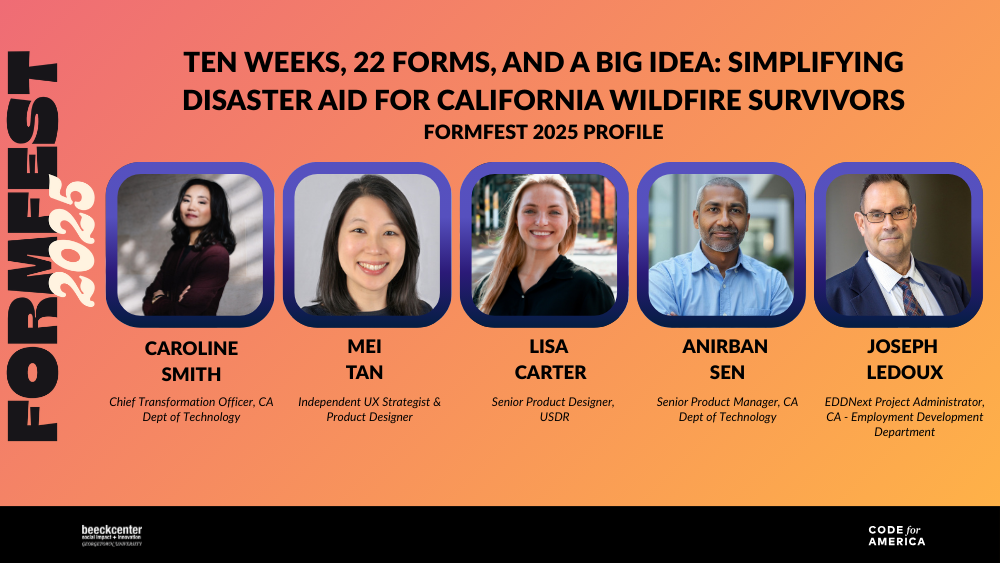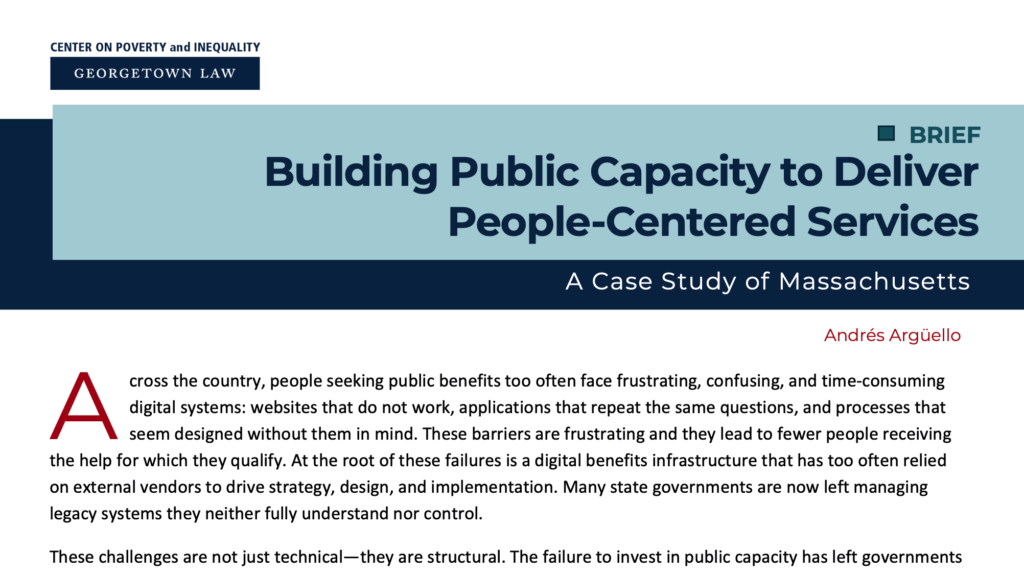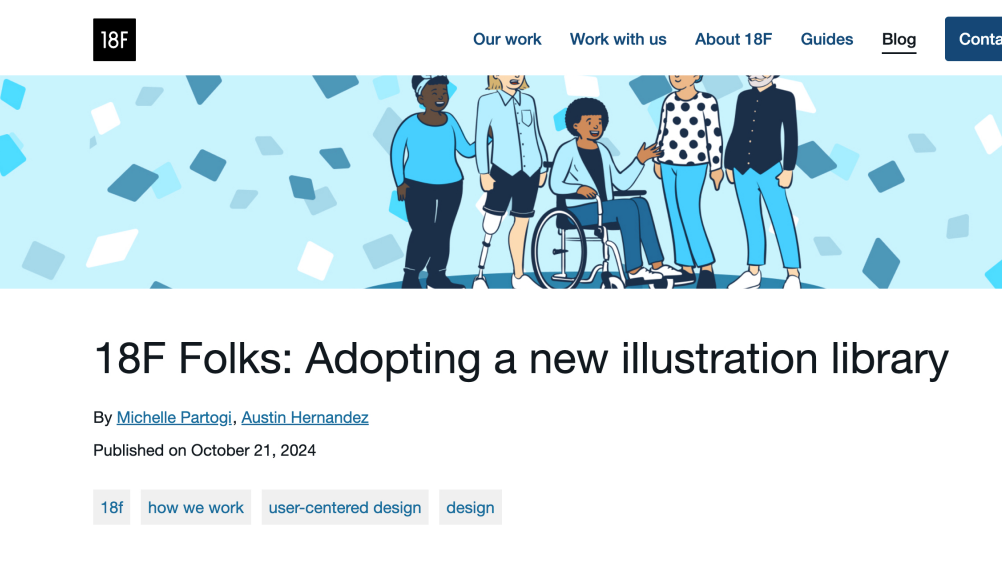Empathy and Compassion as Guiding Principles in the Colorado Behavioral Health Administration’s Form Redesign
This FormFest profile highlights how the Colorado Behavioral Health Administration redesigned its complaint submission form using empathy, human-centered design, and trauma-informed research methods to make the process more accessible, compassionate, and secure for all users.
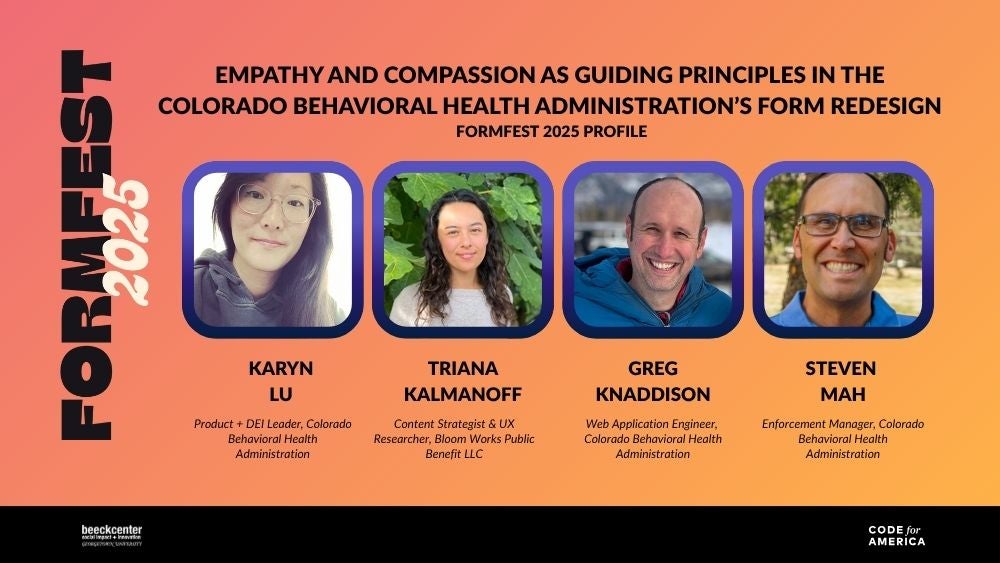
Following a broad push to reimagine operating procedures at the Colorado Behavioral Health Administration, a cross-functional team within the agency turned to a more specific project: redesigning a complaint submission form.
This was more complicated than it might seem. The form serves as the entry point for citizens wishing to submit a complaint, from agency staff and public or private providers to patients seeking care. It casts a wide net in a broad system with a variety of needs, underscoring the need for clear instructions, compassionate language, and explicit directions on what to expect during each step of the process. To tackle the changes, the team—Triana Kalmanoff, Greg Knaddison, Karyn Lu, and Steven Mah—began by analyzing each part of the submission procedure.
“We were trying to get a general understanding of the landscape before moving into more specifics, like how—or if—people were finding the form,” Kalmanoff said. “We ended up creating a whole new page to explain the process. Another part of our team developed a new model for data collection, linking to existing sources for things like region or payer source, so we could remove questions for information the administration could pull from other places. It was really a wraparound project, looking at the entire system.”
Each change used a human-centered design process that incorporated feedback from a broad sample of test users, using trauma-informed techniques due to the sensitive nature of behavioral health data. Afterwards, the team applied these suggestions and tested the improvements, and subsequently tested everything again, in what Knaddison described as an “incremental iterative process.” Each round produced a host of changes, including a key shift away from Google Docs as the agency’s default feedback platform.
“There were many reasons, but the main two were the fact that providers in Colorado often cannot access anything with Google due to a firewall, and if you’re a member of the public, you cannot upload documents anonymously. And with the sensitive nature of this topic, people often need to be truly anonymous to submit a complaint,” Lu explained. “Also, from our usability testing, people felt a Google form was too informal for the subject matter and for a government document. Those were some of the biggest barriers that really pushed us into the next phase.”
Currently, there is no deadline or end date for the project, and the team is continuing to make improvements as more data becomes available—a rarity in government, where work is often limited in scope and time.
“It’s a huge step for us, and I think it’s the first time this has been done comprehensively,” said Mah. “It’s the first time we’ve had a lot of effort to look at the whole system together, with a lot of members from different teams coming together. It’s resourced and supported in a way we’ve never had in government.”
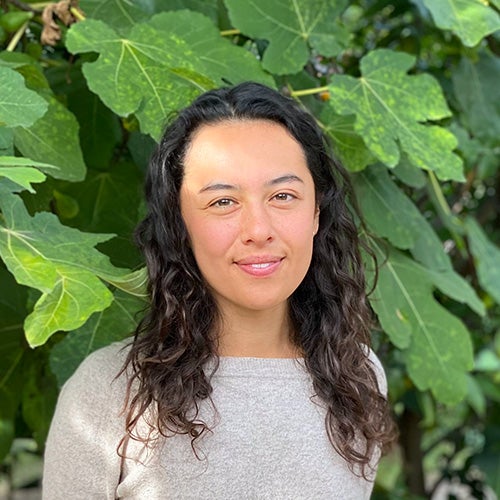
Triana Kalmanoff: Walking the walk
Content Strategist and User Experience Researcher, Triana Kalmanoff has plenty of professional experience in civic tech, where she’s spent a decade working in the public and private sector on content strategy and user experience research. Each project is different, but Kalmanoff’s approach is compassionate, rooted in the belief that government services should begin with empathy for disparate viewpoints and experiences. It isn’t abstract for Kalmanoff—it’s something she lives every day.
“I live in a multi-generational cooperative with 15 other people. We are a democratically, self-
governed organization,” she said. “We own our own home and steward the land we live on. We live collectively, meaning we share space and resources, eat together, maintain our home together, but also navigate conflict mediation, event organization, and running an entire nonprofit together, advocating for low-income housing.”
Public service has always been a lifestyle choice for Kalmanoff, who’s driven by a deep pull to improve things for vulnerable populations. At its best, this is what government should do, but it often fails in that mission, she said.
“Public services are essential to the most vulnerable members of our society, and unfortunately they often perpetuate the harm and the marginalization people have experienced,” she said. “We have a responsibility to make them more humane and effective.”
That responsibility guided the form revamp, which clarified the overall process and filled it with care, ensuring that people who have been traumatized by the system are not afraid to report their experiences. Although there is still room for improvement, that’s not a bad thing—the team is still working on changes, and moving within the confines of bureaucracy to eventually improve it.
“Any statewide process is going to have complexity with regards to data coming from multiple sources, but the fact that BHA is still iterating on this work with in-house capacity is very impressive,” she said. “I’d love to see continued work getting other agencies across the state to standardize the way they handle complaints.”
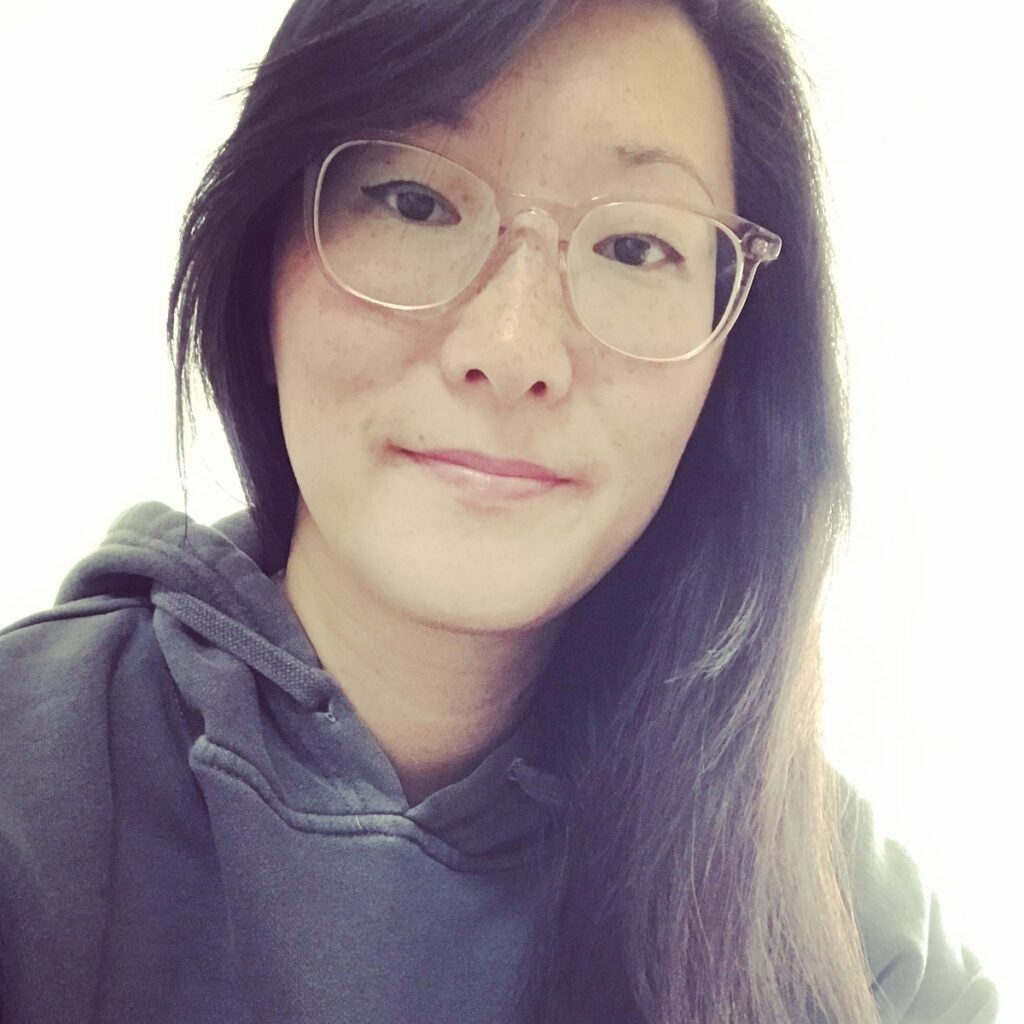
Karyn Lu: A baseline of equity
Product and Diversity, Equity, and Inclusion (DEI) Leader, Karyn Lu transitioned to public service based on a desire to work alongside a civic tech guru, without knowing much else about what the job actually entailed. It turned out that it involved a variety of things, which suited Lu—she excels at doing many different things.
“My mix of skills makes me a ‘cross-functional human,’ which happens to be really well-suited for government work,” she said. “ Fast forward more than five years later, I can’t see myself doing anything else that doesn’t center around the curb-cut effect.”
Lu was a founding member of the Colorado Digital Service (CDS), where she helped streamline services for residents using human-centered design principles before joining the tech and data division at the Behavioral Health Administration. In her role, Lu aims to implement inclusive design changes that remove barriers for the benefit of every user.
This is not, she added, a controversial approach to public service.
“Government work cannot be effective without a firm foundation of equity, and I hate that this is being twisted and pulled apart at a federal level,” she said. “Committing to serving everyone is a completely different way of working that I wish everyone could try at least once.”
Lu follows the same ethos in her personal life, striving to “inspire moments of meaning and beauty through human connection,” she said. On her own, she finds glimmers of wonder through reading, writing, playing, listening to music, and “forest bathing,” a Japanese practice of pursuing health and wellbeing through immersion in nature. Those moments of calm are increasingly important in the current political climate alongside her work, she said.
“In more recent months, when the state of the world has felt increasingly bewildering and harmful, getting to do meaningful work in the public health space has been a daily antidote for me,” she said.
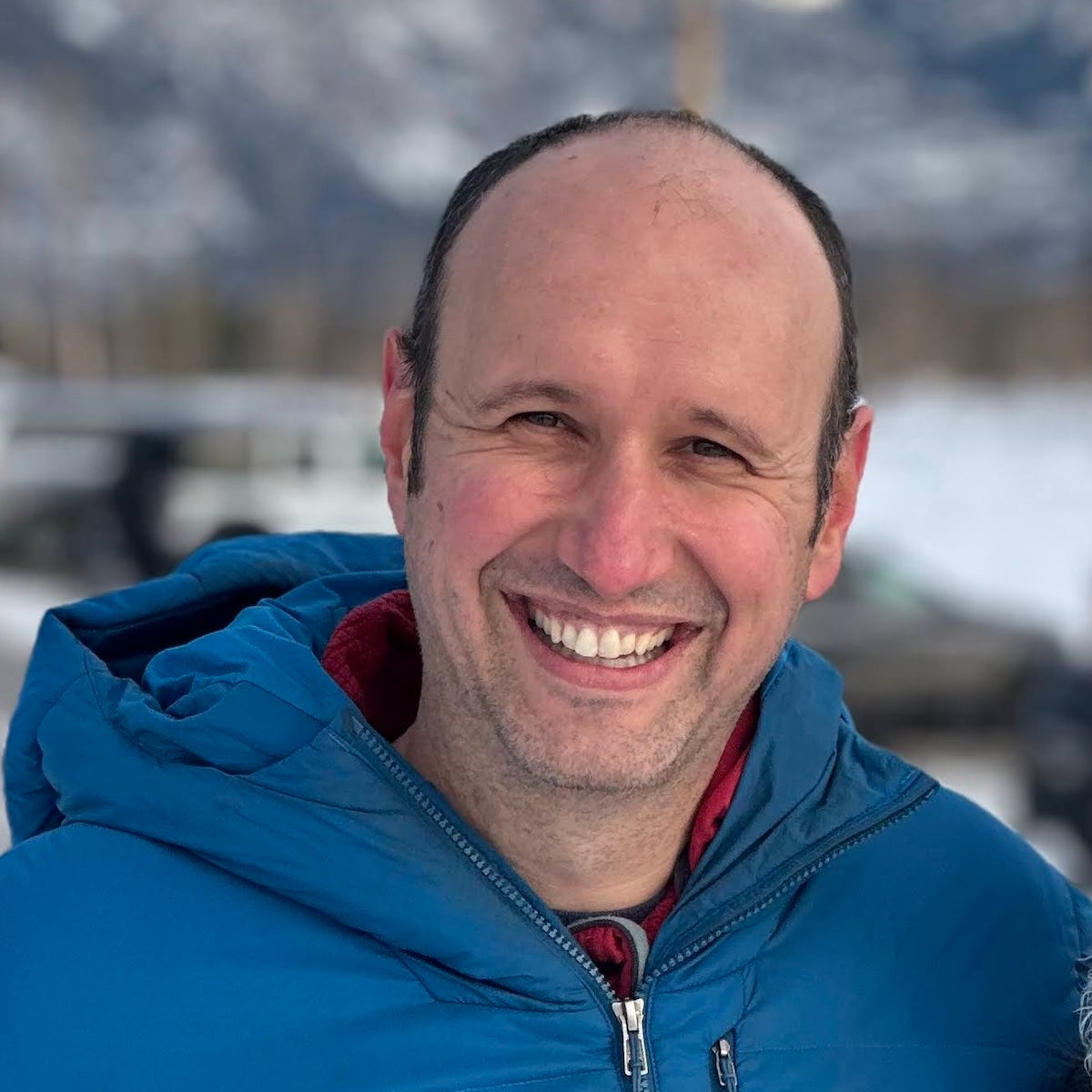
Greg Knaddison: Scaling up
Before joining the CDS as a Web Application Engineer, Greg Knaddison had imagined public service as a place to tackle projects with big, real-life impacts.
“Turns out, I was right,” he said. “The problems are much harder to solve than I estimated, but the ability to affect so many lives so importantly is very present.”
The scope of the work became clear to Knaddison during the pandemic, when he helped Colorado become the first state to launch an app to alert residents of potential exposure to COVID-19. Powered by Apple and Google, the app included new open-source technology designed by CDS to eliminate data bottlenecks, increasing the number of notifications sent each day. From conceptualization to launch, the project took just 58 days. It was the best two months of Knaddison’s professional life.
“In my career, I worked for a VC-backed bank, for telephone companies, for large media companies, but none of that compares to the impact of [the] work I did during the pandemic,” he said. “The exposure notification app reached over a million Coloradans, and it protected privacy, helped keep people healthy, and let people go about their lives with confidence.”
Post-pandemic, Knaddison’s work focuses on improving existing processes. He approaches those projects with respect, making sure to appreciate the often unseen work behind the systems.
“Every time I’ve started working on the problem, I’m impressed by the care and effort already being put into the problems by my co-workers in government,” he said. “It’s easy to fall into simplistic thinking about solving problems, but people shouldn’t assume the work is simple or that government employees aren’t doing all they can.”
Outside of work, Knaddison gardens, bikes, and hikes. In a way, those pastimes inform his work.
“I draw on memories from road trips and camping excursions, when I think about building systems that will work as well for folks on a high-speed internet connection in Denver as someone in a remote area who might only have slow internet on their smartphone,” he said.
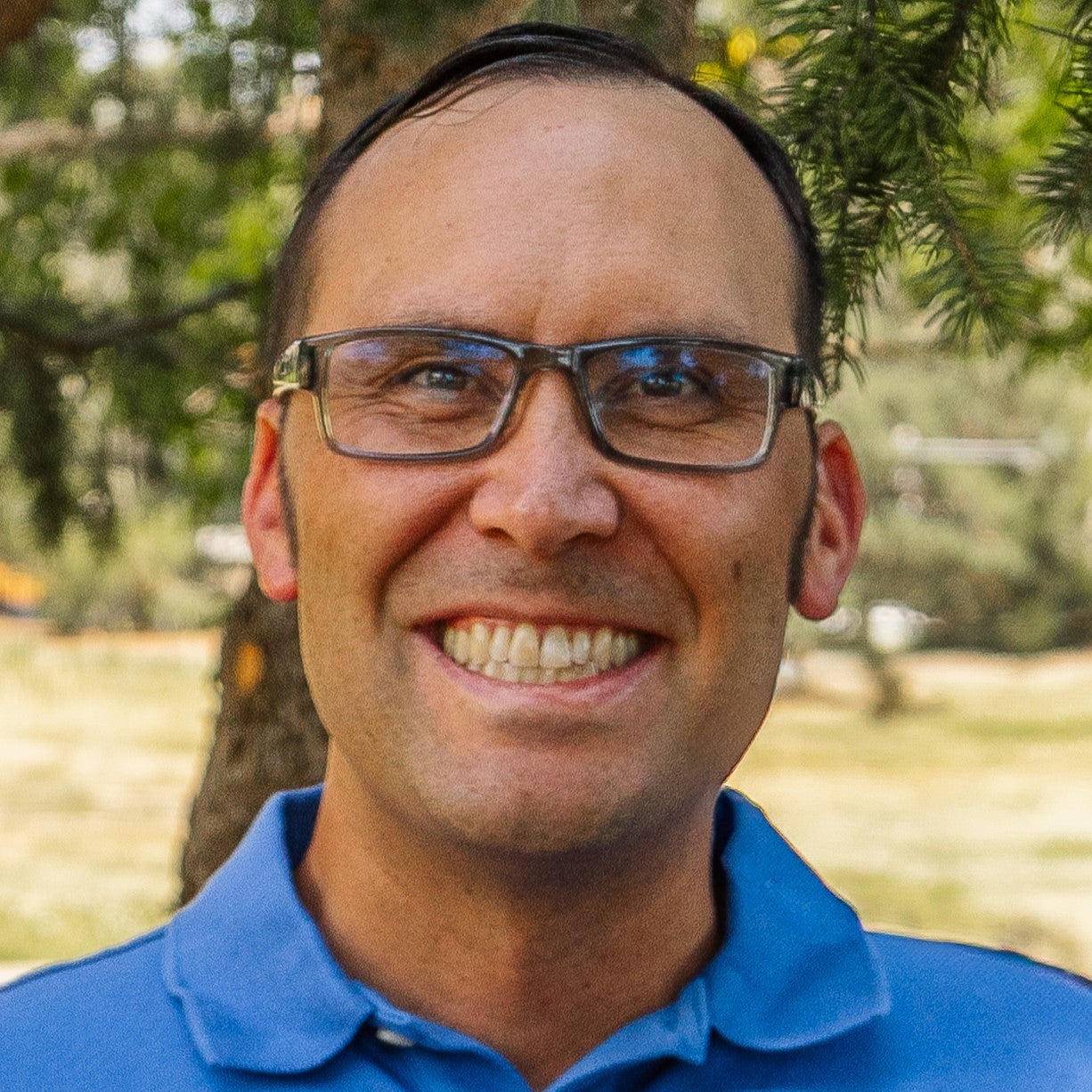
Steven Mah: A family affair
If they are lucky, most people might contribute to meaningful progress through their work. For Complaint and Enforcement Manager, Steven Mah, meaningful progress is the work.
“Being part of an agency that is both empowered and mandated to create positive change is incredibly rewarding,” he said. “There is no greater satisfaction than seeing our collective efforts make a real difference in our state.”
That commitment to service also has deep roots. Public service has long been a tradition in Mah’s family, with both his father and grandfather serving in government. That example, along with his own innate sense of fairness and inclusivity, pulled him to the behavioral health sector, where barriers to care can have broad implications for people’s overall wellbeing.
“I’ve always been driven by a deep-rooted sense of justice and equity. Those values and the satisfaction I find in problem-solving and seeking mutually beneficial scenarios when possible both pair very well with my professional work,” he said. “I remain driven by the profound opportunities to contribute to a critical moment in our society, with the growing recognition of the needs and benefits of whole-person care that incorporates behavioral health.”
However, when the impacts are real, so are the drawbacks. For Mah, that often means frustration with the tension between innovation and bureaucracy.
“The most challenging parts of my job are the moments or situations where I wish there was more we could do for people in need, but we are constrained by what is currently possible,” he said.
FormFest 2025
FormFest is a free virtual event showcasing governments working to make services accessible to everyone through online forms. Discover best practices and tools that are shaping the future of form design and service delivery.
